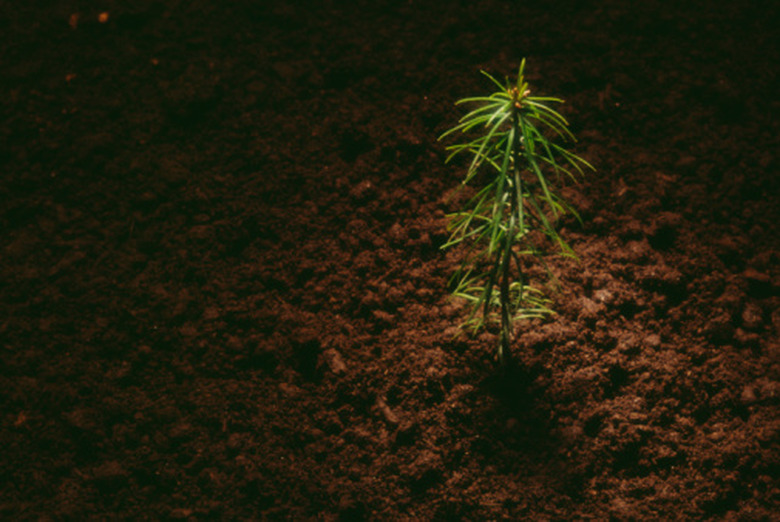Pine Trees Grow In What Type Of Soil?
Pine trees are fairly common in the American landscape, and many different pine species are valued both as landscaping trees and for their timber. Most pines are adaptable enough to grow in a wide variety of soils, but they each have a specific comfort zone in which they thrive.
White Pine
White pine is one of the most recognizable pines, with a pyramidal shape and branches that appear to grow in layers. The trunks are usually straight, and frequently exceed 100 feet tall. White pines grow throughout the Appalachians north through New England, where they grow best in coarse, sandy, well-drained soils. It outgrows most other trees in low-quality soil, but does not compete well in what would generally be considered "better" soil. It will not grow in excessively wet or heavy clay soil.
Scotch Pine
Scotch pine, also called Scots pine, is a European native that was brought to North America by colonists. Today it grows across the Northern United States and Southern Canada, where it is principally valued as a Christmas tree. It grows best in acidic, well-drained, sandy or gravelly soil, often on knolls, slopes and ridges. It will grow in wet areas, but is generally stunted in such locations.
Loblolly Pine
Sometimes referred to as Arkansas pine, the loblolly pine grows throughout the Southeastern United States and along much of the Atlantic Coast. It is the most commercially important forest species in this region. Its preference is for moist, moderately acidic soil. It fares better in poorly-drained soil than most pines, but will not thrive in a wet, waterlogged site.
Red Pine
Growing throughout Southeastern Canada and in parts of New England and the Midwest, red pine can reach heights of 100 feet and has scaly, red-brown bark. It grows best in exposed areas with dry, sandy or gravelly soil with an acidic pH. It is adaptable, but will not grow in wet, poorly drained soil.
Pinyon Pine
Pinyon pines are common in the Southwest, where they thrive in dry conditions. Small, upright pine trees, pinyons rarely exceed 40 feet in height. The ideal soil for pinyon pines is dry, rocky and alkaline. Though extremely resilient against drought, they will not tolerate excessive moisture, and never grow in poorly-drained soil.
